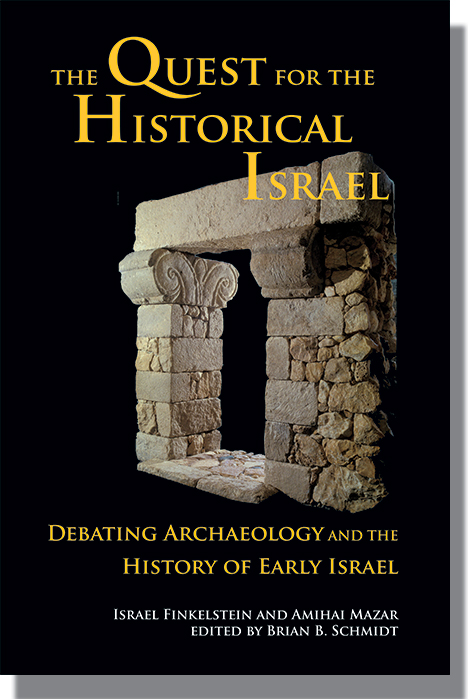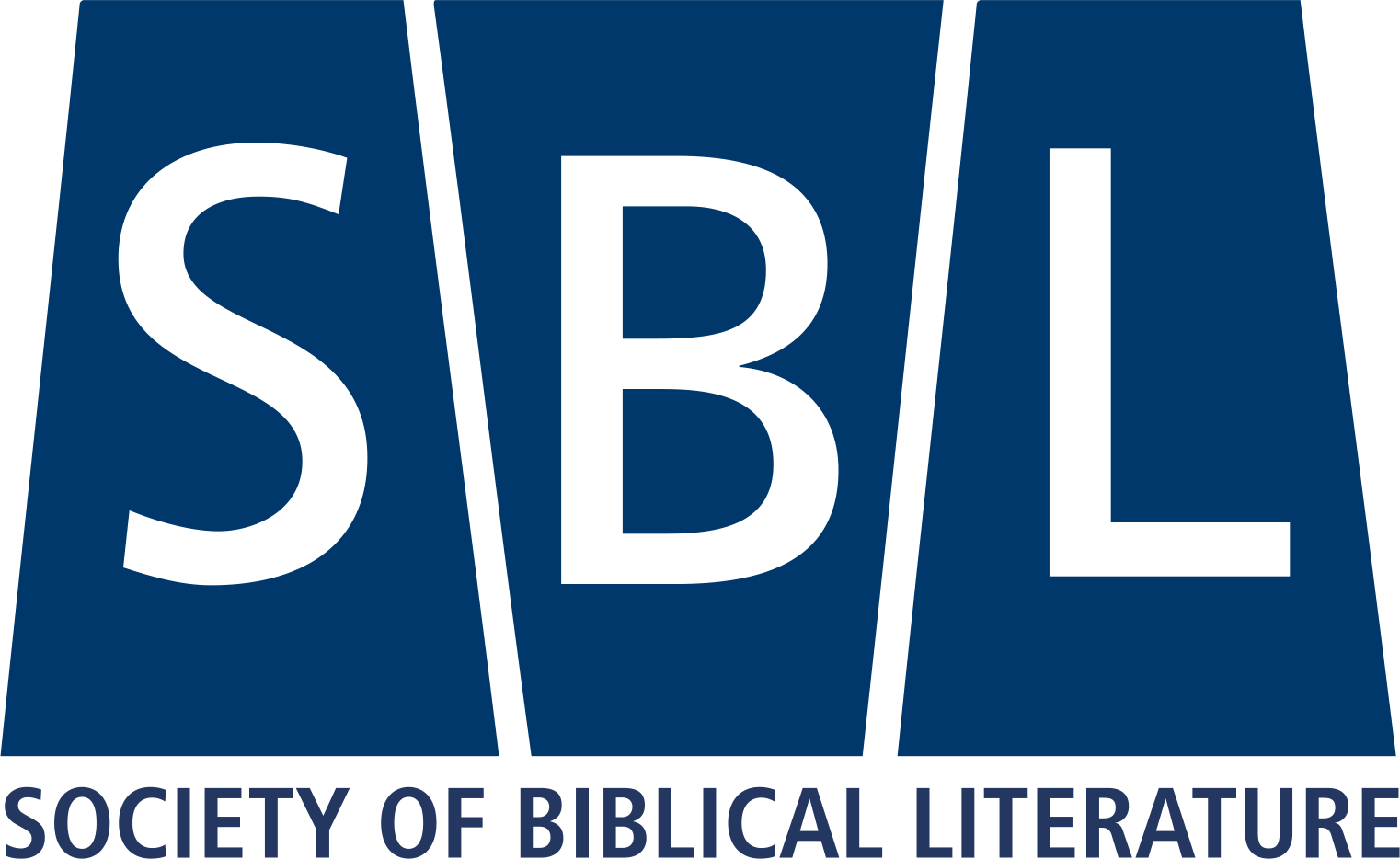
$31.00
Engage the results of ree decades of dialogue, discussion, and debate within Syro-Palestinian archaeology and ancient Israelite history
This book brings together for the first time an emerging “centrist” paradigm that the material cultural data, the biblical traditions, and the ancient Near Eastern written sources are all significantly relevant to the historical quest for Iron Age Israel. The historical essays presented here are based on invited lectures delivered in October of 2005 at the Sixth Biennial Colloquium of the International Institute for Secular Humanistic Judaism in Detroit, Michigan.
Features:
- Balanced approach to the question of the relevance of the biblical account for reconstructing early Israel’s history
- Organization by time period for easy comparison of Finkelstein and Mazar’s positions
- Introductory essays for each section give overviews of the archaeological theories
Israel Finkelstein is Professor of Archaeology at Tel Aviv University where he holds the Jacob M. Alkow Chair in the Archaeology of Israel of the Bronze and Iron Ages. He is co-director of the Megiddo excavations and the co-author of David and Solomon: In Search of the Bible’s Sacred Kings and the Roots of the Western Tradition and The Bible Unearthed, Archaeology’s New Vision of Ancient Israel and the Origins of Its Sacred Texts (both from Free Press). He is also a recent laureate of the Dan David Prize (2005).
Amihai Mazar is Professor of Archaeology, The Hebrew University of Jerusalem, where he holds the Eleazar Sukenik Chair in the Archaeology of Israel. His ongoing projects include a series of publications on the Tel Batash (Timnah) excavations and the Beth Shean Valley Archaeological Project. He is the author of Archaeology of the Land of the Bible (Anchor Bible Reference).
Brian Schmidt is Associate Professor of Hebrew Bible and Ancient West Asian Cultures at the University of Michigan. He is the author of Israel’s Beneficent Dead: Ancestor Cult and Necromancy in Ancient Israelite Religion and Tradition (J.C.B. Mohr/Eisenbrauns).
“This is a valuable book in two ways. It can serve as an up-to-date introduction to the archaeological evidence relating to the pre-exilic history of Israel and its interpretation. More particularly, as the subtitle suggests, it places side by side the views of two scholars who, despite important differences, have both come to occupy a ‘centrist’ position in recent debates about the history of Israel.”
— G. I. Davies, Journal for the Study of the Old Testament
